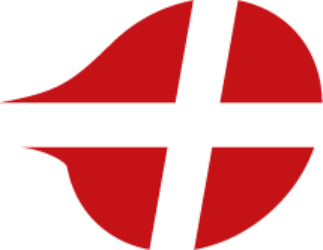 Acne is a chronic condition caused by excess production of sebum (oil) from the sebaceous glands, causing plugged hair follicles. This skin disorder frequently appears during puberty, but may also start in adulthood. Around 85% of teens develop acne, 15% of which may be moderate to severe. It is not communicable, but the exact cause is unknown.
Acne is a chronic condition caused by excess production of sebum (oil) from the sebaceous glands, causing plugged hair follicles. This skin disorder frequently appears during puberty, but may also start in adulthood. Around 85% of teens develop acne, 15% of which may be moderate to severe. It is not communicable, but the exact cause is unknown.
There are many effective treatments for this skin problem, but acne is usually slow to respond to these treatments, or it returns after treatment is stopped. Anti-bacterial medication is generally prescribed to treat acne infections and pimples, but this often weakens the patient’s immune system.
UV phototherapy lamps, on the other hand, are recognized as a relatively safe acne cure. UV phototherapy treatment is free from the common, and sometimes dangerous, side effects of most drugs used to treat acne. If used properly, UV phototherapy produces almost no side effects.
(To purchase a UVB Phototherapy Lamp, click here.)
Phototherapy, also known as light therapy, is used to describe any treatment that makes use of ultraviolet light. It is said to be more effective than traditional topical acne solutions, like benzoyl peroxide and salicylic acid. UV therapy is used as an alternative skin care treatment for numerous ailments, such as eczema, hyperpigmentation, psoriasis, rosacea, vitiligo, and acne.
How does it work?
 UV phototherapy is used to eliminate the abundance of sebum on the skin.
UV phototherapy is used to eliminate the abundance of sebum on the skin.
Microorganisms are deposited in the sebaceous glands that secrete sebum, which is abundant on people’s face and scalp. UV light opens the pores, and exfoliates the skin, allowing light to penetrate below the skin surface. The ultraviolet light attacking the sebum causes a chemical reaction that is able to destroy the microbes.
What to Expect
Just like with any treatment plan, results vary on each individual. The outcome may rely on the cause of acne, its severity, skin type, and the technology used, as well as the prescribed and administered protocol. The effects become visible within one month of therapy; characteristically, between the third and fifth session. The key improvement should be in the production and appearance of sebum on the skin. Other obvious changes would be evenness in skin pigmentation and reduced inflammation.
To guarantee best results, it is important to adhere to the treatment protocol and timetable prescribed by your skin care provider. Missed treatments in the series can cause inconsistency in the quality of the outcome. Sensitivity to treatment can also depend on hereditary and environmental factors. Based on an FDA study, if acne doesn’t appear to be improving after two to three 15-minute treatment sessions, there is only a 10% chance of acne improvement with phototherapy. With research documenting an 80% success rate, and 60 to 70 percent skin condition improvements, acne phototherapy proves to be a more effective cure compared to traditional oral and topical acne solutions.
